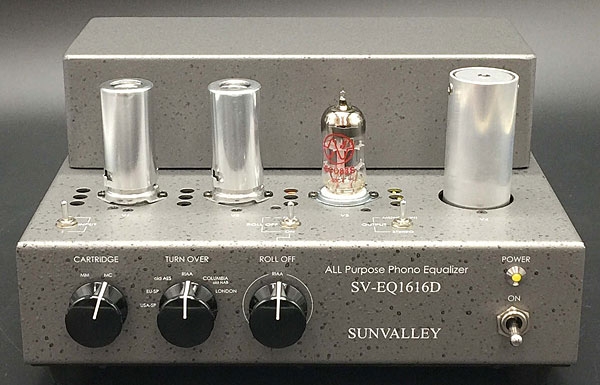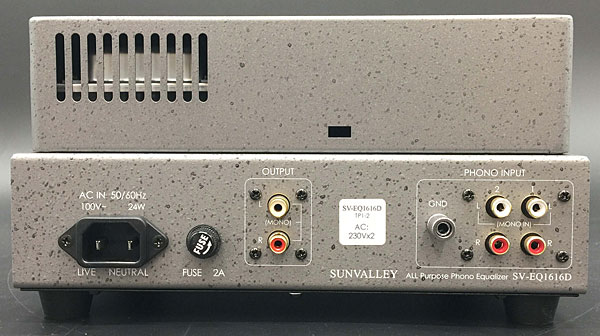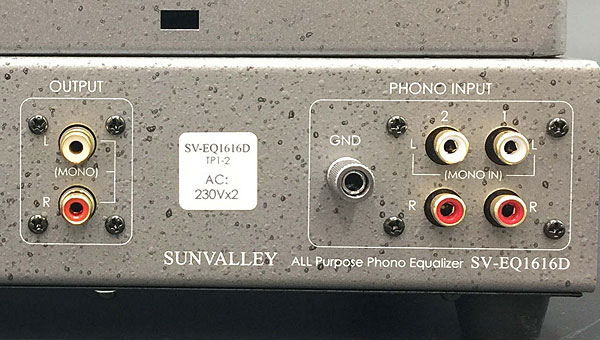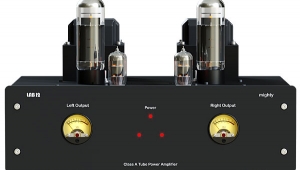| Columns Retired Columns & Blogs |
Thanks for reviewing this options for us DIYers Herb! Sounds very tempting. I was thinking of a Lounge Audio LCR Silver but this indeed is very tempting. Would you describe to me your thoughts on the different characters of the Lounge Audio LCR and the SunValley? I suspect I would lean more towards the sound of the SunValley.
Thanks
















































